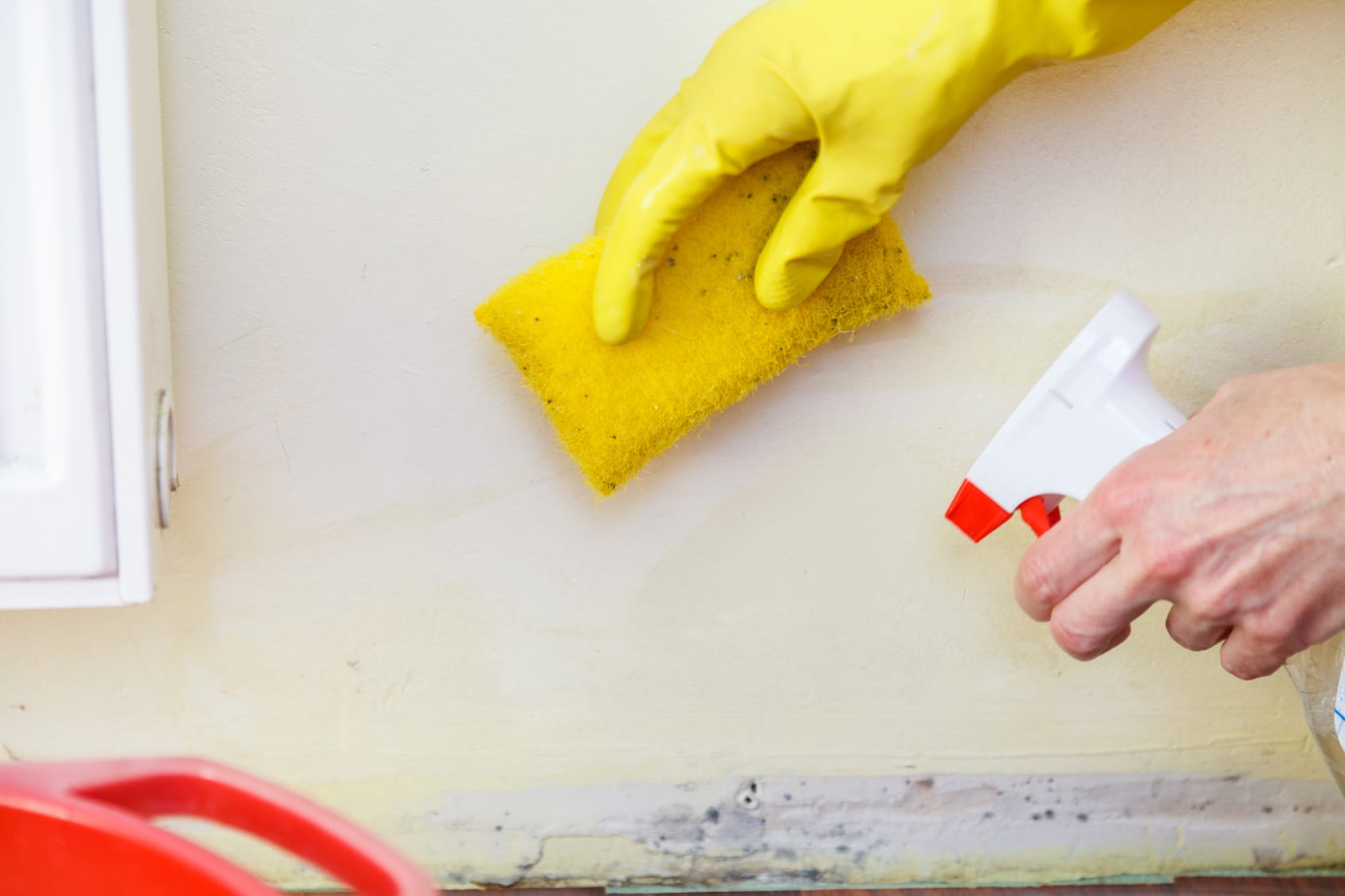Locating Post Remediation Inspection Near Me Solutions
Locating Post Remediation Inspection Near Me Solutions
Blog Article
Your Ultimate Guide to Post Mold And Mildew Removal Methods
In the consequences of mold and mildew problem, knowing exactly how to effectively get rid of the mold and avoid its reoccurrence is paramount for preserving a healthy and balanced indoor atmosphere. From selecting the best cleansing and decontaminating techniques to applying approaches for long-lasting mold and mildew prevention, each step in the removal trip plays an important duty in guaranteeing an effective end result.
Understanding Post-Mold Remediation Refine
After completing the mold removal process, it is important to understand the post-mold remediation techniques that are necessary to ensure a efficient and extensive clean-up. Once the mold has actually been gotten rid of, the following step involves cleansing and decontaminating the impacted areas to avoid any type of regrowth of mold. This includes making use of specialized cleaning up agents to wipe down surfaces and eliminate any kind of continuing to be mold and mildew spores. It is important to dry the area totally to prevent the growth of mold in the future (After mold remediation). Correct air flow and dehumidification can aid in this procedure.
Furthermore, conducting a last examination post-remediation is essential to make sure that all mold and mildew has actually been efficiently gotten rid of. If the assessment exposes any type of sticking around mold, extra remediation might be necessary.
Reliable Cleansing and Sanitizing Methods

Protecting Against Future Mold Growth

Importance of Correct Air Flow
Proper ventilation plays an essential function in avoiding wetness buildup, a vital element in mold and mildew growth within interior atmospheres. Reliable ventilation systems aid eliminate excess humidity from the air, lowering the possibilities of mold and mildew spores discovering the dampness they require to spread out and germinate. Without appropriate air flow, indoor spaces can come to be a breeding ground for mold, leading to possible health dangers and architectural damage.
By making certain appropriate air blood circulation, ventilation systems can likewise aid in drying out moist areas quicker after water damage or flooding events, better discouraging mold and mildew development. testing air quality after mold remediation. In areas like bathrooms, kitchens, attics, and basements where moisture degrees tend to be higher, setting up and preserving reliable air flow systems is crucial in avoiding mold problems

Surveillance and Upkeep Tips
Provided the vital role that correct air flow plays in stopping mold development, it is imperative to develop effective monitoring and upkeep suggestions to ensure the ongoing functionality of air flow systems. Routine inspections of air flow systems should be performed to check for any kind of indications of blockages, leakages, or malfunctions that can hinder appropriate airflow. Surveillance humidity levels within the building is also essential, as high moisture can contribute to mold development. Installing a hygrometer can assist track humidity degrees and sharp property owners to any spikes that might call for attention. Additionally, guaranteeing that air filters are on a regular basis cleaned up or replaced is necessary for maintaining the effectiveness of the air flow system. Carrying out a schedule for routine upkeep jobs, such as air duct cleaning and heating and cooling system examinations, can help avoid problems prior to they rise. By remaining conscientious and aggressive to the problem of ventilation systems, homeowner can efficiently minimize the threat of mold and mildew regrowth and preserve a healthy and balanced interior atmosphere.
Verdict
In conclusion, post-mold remediation strategies are crucial for guaranteeing a clean and safe atmosphere. Recognizing the process, implementing effective cleansing and disinfecting methods, preventing future mold and mildew development, maintaining proper ventilation, and routine surveillance are all read the full info here vital action in the remediation procedure. By following these standards, you can efficiently eliminate mold and mildew and prevent its return, functioning or promoting a healthy and balanced living space for all owners.
In the after-effects of mold invasion, understanding exactly how to redirected here effectively remove the mold and mildew and prevent its reoccurrence is extremely important for maintaining a healthy and balanced indoor atmosphere. Once the mold and mildew has been eliminated, the next step entails cleaning and decontaminating the impacted locations to prevent any type of regrowth of mold and mildew - Post Mold Remediation. After getting rid of noticeable mold growth, it is vital to cleanse all surface areas in the damaged area to get rid of any kind of remaining mold spores. To additionally boost mold and mildew prevention steps, it is crucial to deal with underlying concerns that initially led to mold development.Given the vital duty that proper ventilation plays in stopping mold and mildew development, it is important to establish reliable tracking and upkeep pointers to ensure the ongoing capability of air flow systems
Report this page